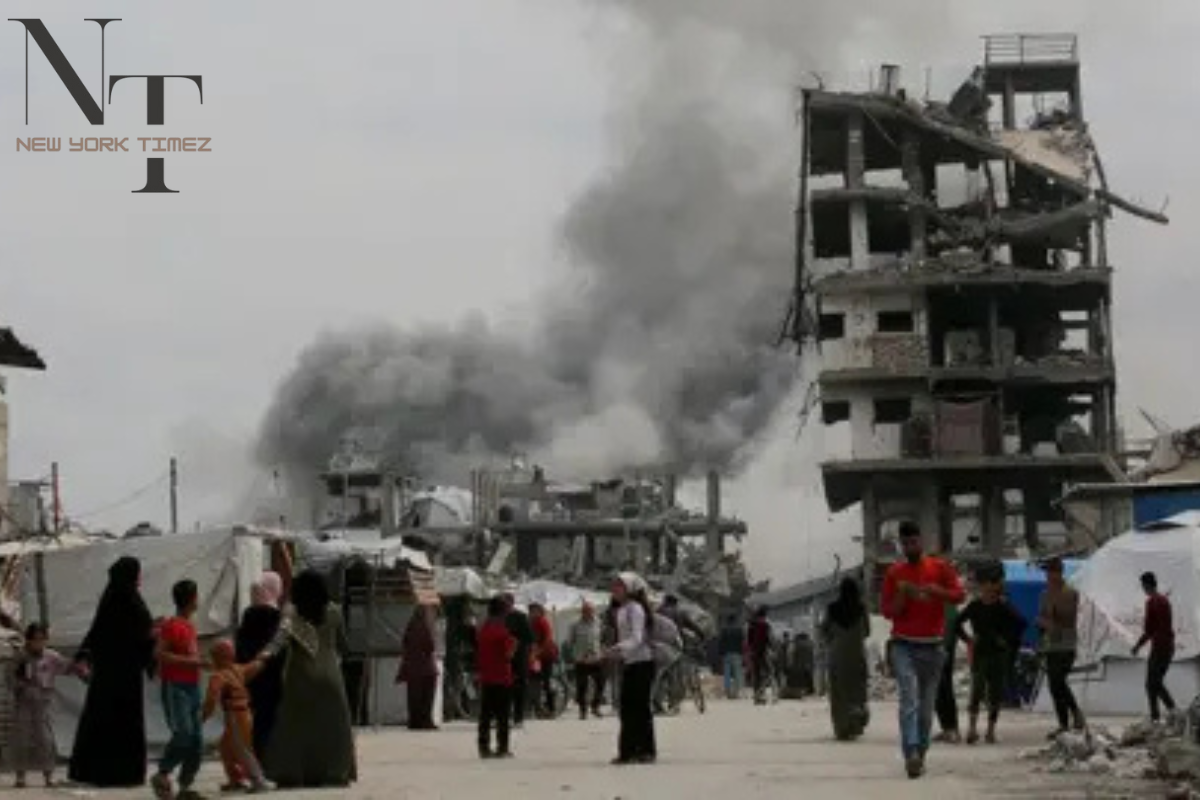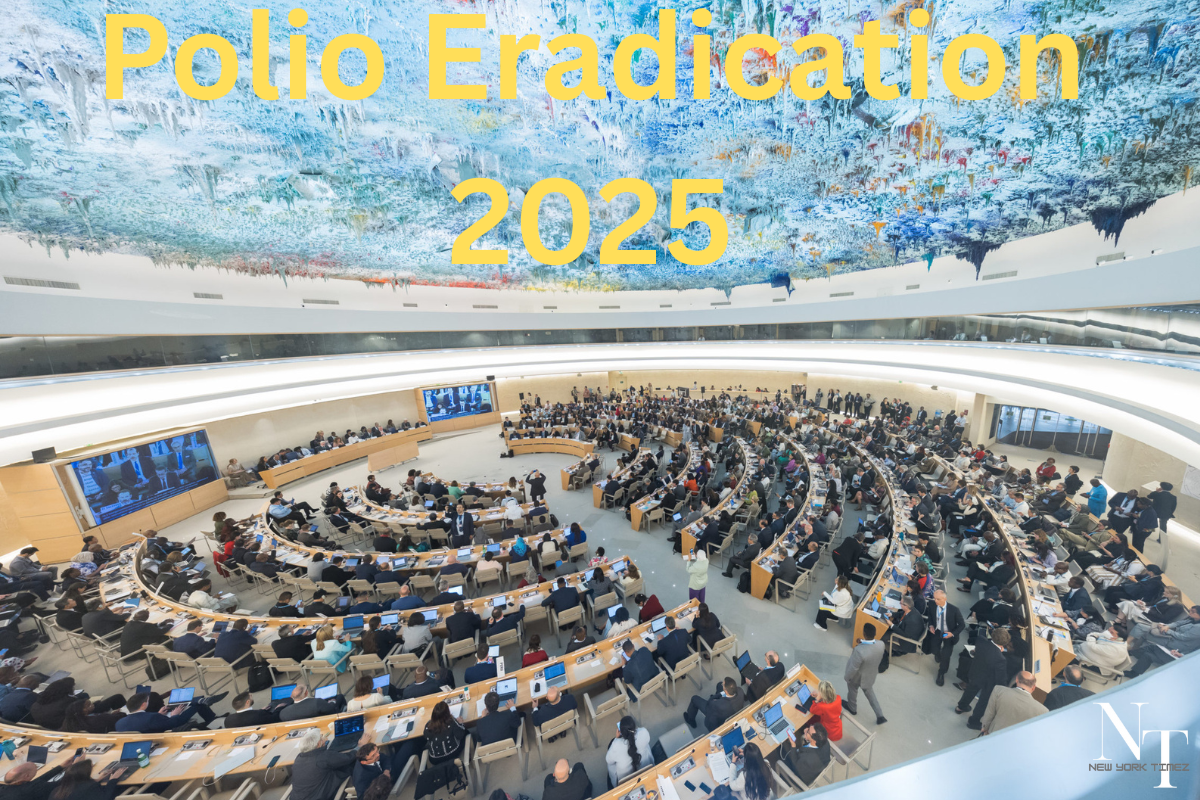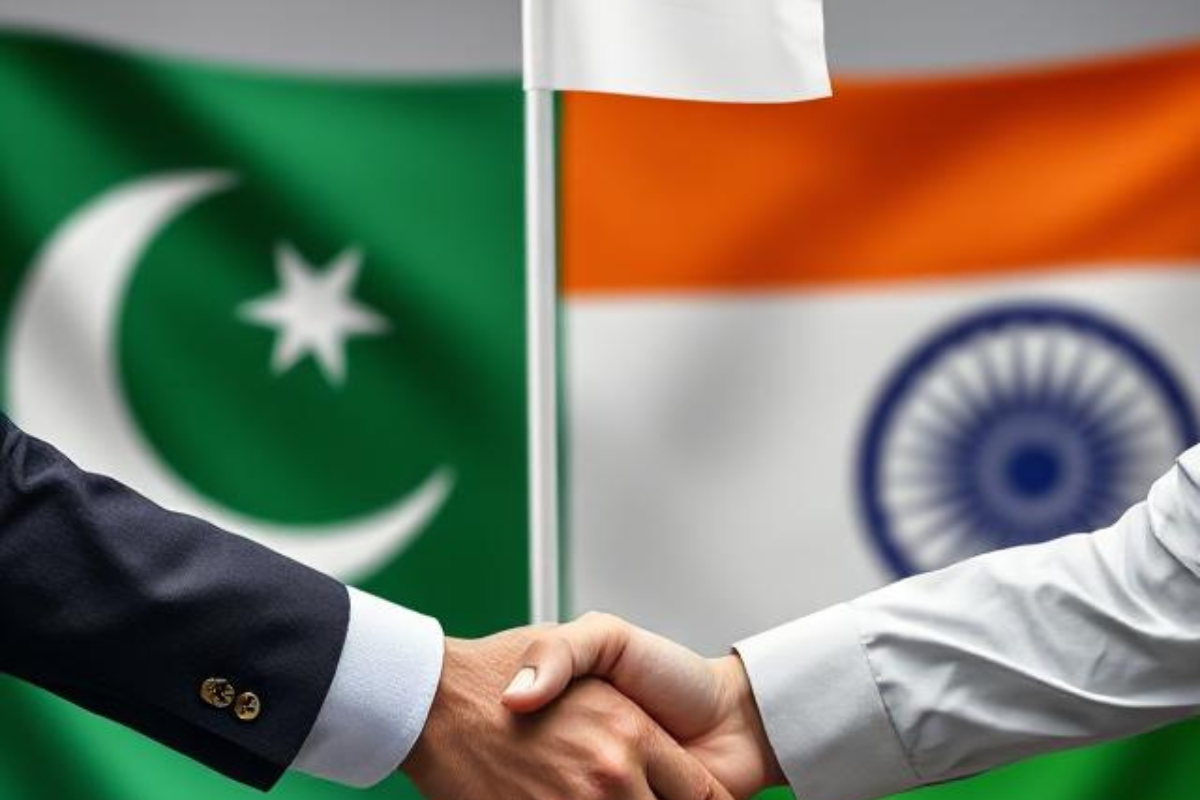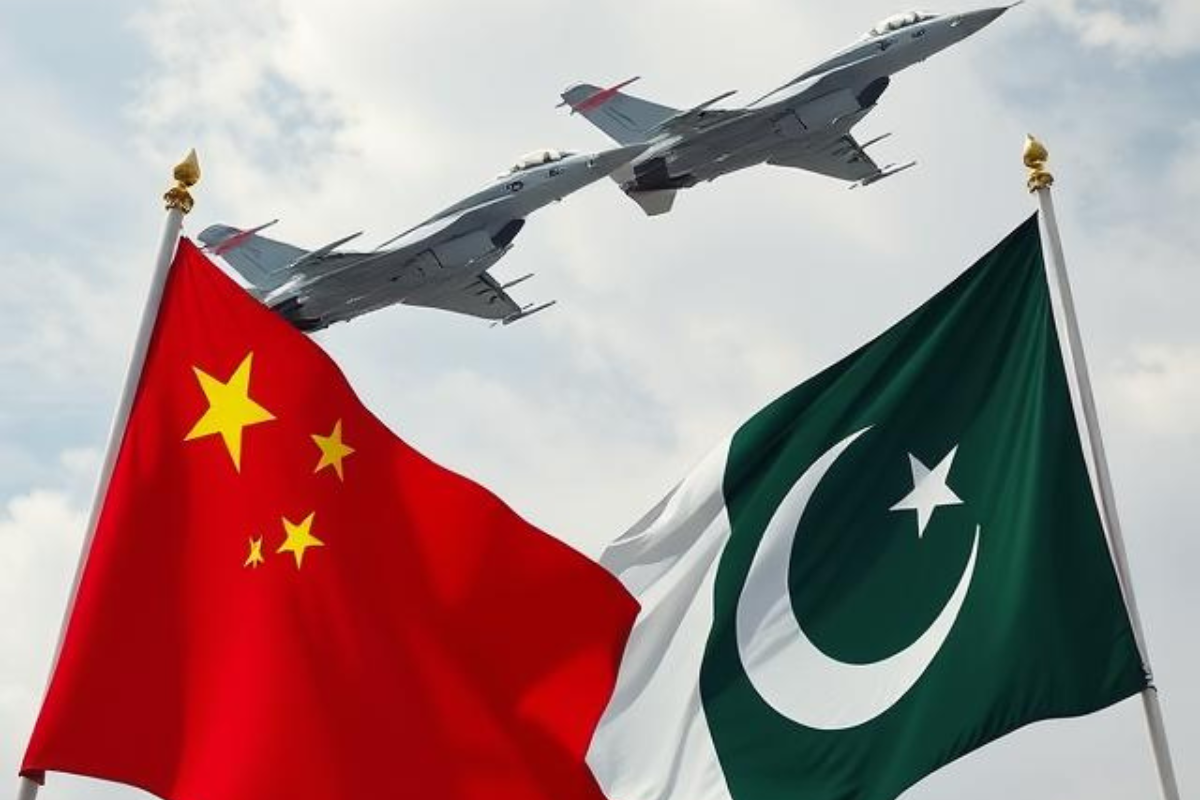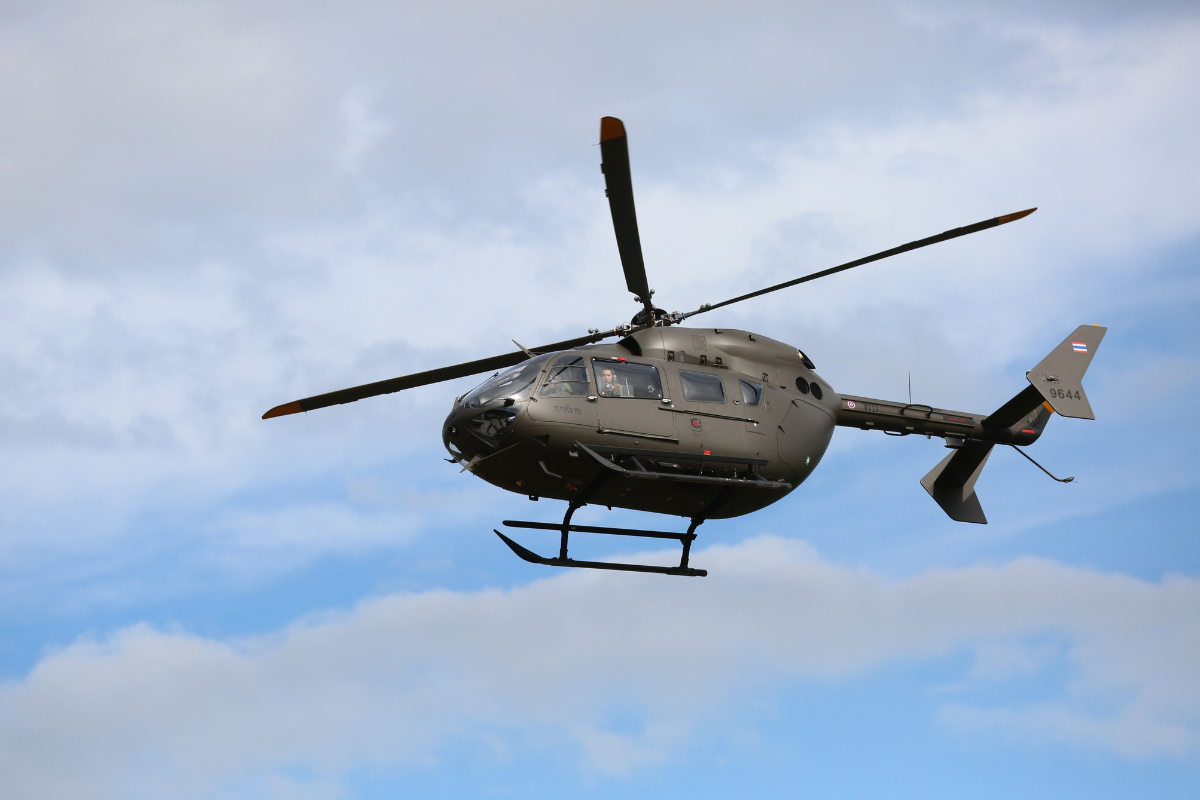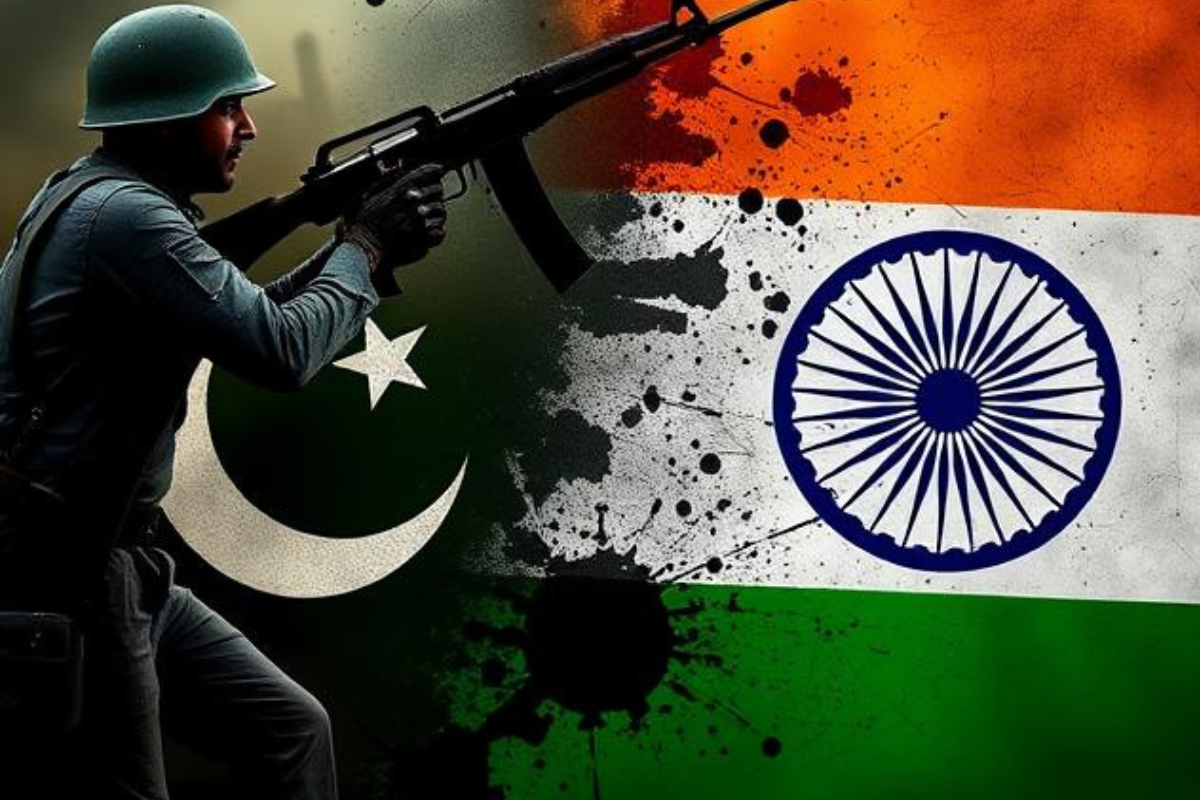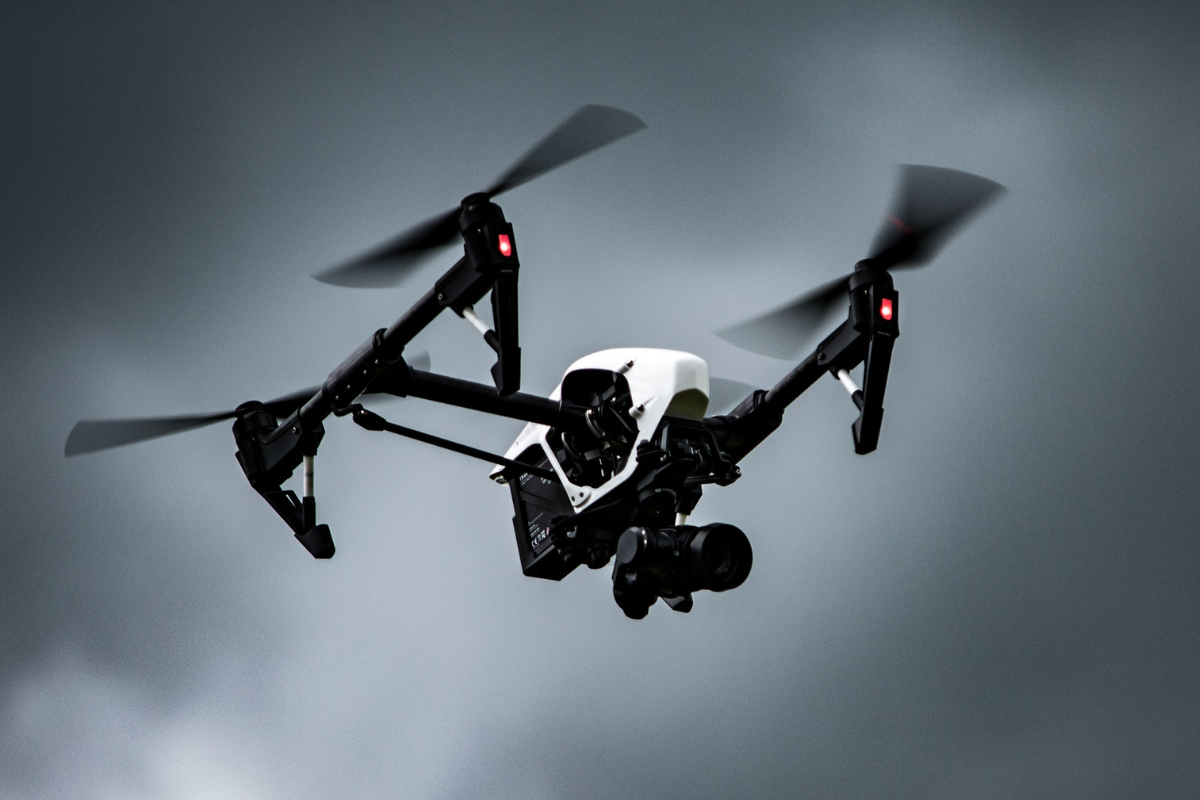
India and Pakistan: Are They Headed Toward a Drone War?
Introduction
India and Pakistan, two nuclear-armed neighbors with a long history of tension, are facing one of their most dangerous standoffs in years. Recent drone attacks, missile strikes, and cross-border shelling have raised fears that the two countries might slip into open conflict — or even a full-fledged war.
This article explains what’s happening, why it matters, and what the world needs to know.
The Latest Escalation: Drones and Missiles
Pakistan’s Reports
On May 8, 2025, Pakistan’s military reported that it shot down 25 Indian drones over its major cities, including Lahore and Karachi. According to Pakistan’s army, these drones were intercepted by their air defense systems.
Unfortunately, the falling debris caused damage on the ground:
One civilian was killed.
Five others were injured (including four soldiers).
Military installations in Lahore were partially damaged.
India’s Claims
India’s Ministry of Defence confirmed that it carried out targeted strikes on Pakistani air defense systems. Specifically, India said it neutralized a radar system in Lahore.
India also reported that:
Pakistan attempted to attack Indian military sites and cities using drones and missiles.
Indian air defenses successfully intercepted these incoming attacks.
The attacks were focused on Jammu and Kashmir, as well as parts of Punjab, Rajasthan, and Gujarat.
Trending News: Indian air strikes – How will Pakistan respond? Four key questions
A Worrying Pattern of Escalation
What Sparked This?
This latest military tension follows an attack on April 22, 2025, when gunmen killed 25 tourists and a local pony handler in Pahalgam, Indian-administered Kashmir. India blamed the attack on Pakistan-backed militants, a claim that Pakistan strongly denied.
In response, India launched missile strikes on targets in Pakistan and Pakistan-administered Kashmir, which killed at least 31 people.
Since then, tensions have kept rising, moving from cross-border artillery shelling to sophisticated drone and missile warfare.
What Are These Drones?
The Harop Drone
Pakistan identified the Indian drones as Harop drones, made by Israel Aerospace Industries (IAI). These are known as “loitering munitions” or “suicide drones.”
Features of Harop:
- Can hover over targets for hours.
- Carries an explosive payload.
- Crashes into the target, destroying both itself and the target.
- Range: about 200 km.
- Flight time: up to six hours.
- Designed to target radar systems, missile sites, and command centers.
India’s Drone Fleet
India has become one of the world’s largest buyers of Israeli drones, including:
- Searcher: used for surveillance.
- Heron: capable of armed missions.
- Harop: used for kamikaze-style attacks.
These drones give India the ability to carry out precise strikes without risking pilot lives.
Where Did the Attacks Happen?
In Pakistan
According to Pakistan’s army, the following cities were attacked or had drones shot down:
Lahore
Rawalpindi (home of Pakistan’s military HQ)
Karachi (Pakistan’s largest city)
Bahawalpur
Gujranwala
Chakwal
Attock (near Islamabad)
Nankana Sahib (birthplace of Sikhism founder Guru Nanak)
Miano (oil field town in Sindh)
Chor (Umerkot district, Sindh)
Ghotki (northern Sindh)
In India
India said Pakistan targeted:
Srinagar, Jammu, Awantipora (in Jammu and Kashmir)
Pathankot, Amritsar, Kapurthala, Jalandhar, Ludhiana, Adampur, Bhatinda, Chandigarh (Punjab)
Nal, Phalodi, Uttarlai (Rajasthan)
Bhuj (Gujarat)
Both sides’ ability to strike deep into each other’s territories is alarming.
Historical Background: Why Are India and Pakistan at Odds?
India and Pakistan were born from the bloody partition of British India in 1947. Since then:
They have fought four wars (1947, 1965, 1971, 1999).
The main dispute is over Kashmir, a region claimed by both.
Both countries have nuclear weapons since the late 1990s.
Despite peace talks and agreements over the years, violence often flares up along the border.
Past crises — like the 1999 Kargil conflict and the 2008 Mumbai attacks — were defused through international pressure and back-channel talks. But today’s situation is complicated by new technologies like drones.
Why Are Drones Changing the Game?
Drones are transforming the battlefield because:
They are cheaper and faster to deploy than manned aircraft.
They can strike deep into enemy territory.
They are harder to detect and intercept.
They allow nations to test enemy defenses without risking pilots.
This increases the chance of miscalculations — one side might misinterpret a drone attack as preparation for a larger strike, triggering escalation.
International Reactions
United States
The U.S. State Department has urged both countries to exercise “maximum restraint” and avoid further military actions. The U.S. has longstanding security relationships with both nations and fears that a regional war would destabilize South Asia.
United Kingdom
Former UK Prime Minister Rishi Sunak stated that India was justified in going after terrorist infrastructure after the Kashmir attack but warned that continued escalation could spiral out of control.
China
China, a close ally of Pakistan and a major regional power, has called for calm and stressed that both nations should resolve their differences peacefully.
United Nations
The UN Secretary-General has expressed “deep concern” and offered to mediate, though both India and Pakistan have historically resisted third-party intervention.
Public Reactions in Both Countries
In Pakistan
Many Pakistani citizens took to social media to condemn the Indian drone attacks, calling them acts of “naked aggression.” There have been small protests in Lahore and Karachi, with calls for the government to retaliate strongly.
In India
Indian media has largely supported the government’s strikes, framing them as justified responses to cross-border terrorism. Social media trends like #IndiaStrikesBack have gone viral, showing strong public backing for the military’s actions.
Risks of a Larger War
Nuclear Threat
Both India and Pakistan possess nuclear arsenals, and any full-scale war risks crossing that deadly threshold. Even a limited nuclear exchange could kill millions and create long-lasting global environmental damage (a “nuclear winter”).
Economic Impact
An extended conflict would:
Disrupt trade routes across South Asia.
Affect global markets (especially in energy, textiles, and tech services).
Damage foreign investment in both India and Pakistan.
Strain both nations’ already fragile economies.
Regional Instability
A war between India and Pakistan could draw in:
China, due to its close ties with Pakistan.
The United States, given its strategic interests in South Asia.
Afghanistan and Iran, which could be affected by refugee flows and cross-border militancy.
Expert Opinions
Defense Analysts
Experts warn that drone warfare lowers the barrier for escalation. As retired Indian Air Force officer Kapil Kak put it, “We are in uncharted waters. Drones give each side the illusion of control, but they are one mistake away from disaster.”
Political Scientists
Scholars like Dr. Ayesha Jalal from Tufts University stress that historical grievances between the two nations are unlikely to be solved through force. “Without addressing the root causes — particularly Kashmir — this cycle of violence will continue,” she says.
What Happens Next?
Diplomatic Channels
There are quiet reports that back-channel talks are already underway between New Delhi and Islamabad, possibly mediated by international actors like the United States or the UAE.
Military Readiness
Both militaries remain on high alert, with additional troops deployed along the Line of Control (LoC), the de facto border in Kashmir.
International Mediation
The international community, including the UN and major powers, will likely increase pressure on both nations to step back from the brink.
Conclusion: A Call for Restraint
The recent drone and missile exchanges between India and Pakistan mark a dangerous new chapter in their long, troubled relationship. While both sides claim to be acting in self-defense, the use of advanced drone technologies and long-range missiles makes this standoff more volatile than previous crises.
For the sake of their citizens — and the stability of the region — India and Pakistan must prioritize dialogue over force. International actors should help create diplomatic space for talks before a tragic mistake triggers a wider war.
The world is watching — and hoping that reason, not rage, will guide these two powerful nations toward peace.
